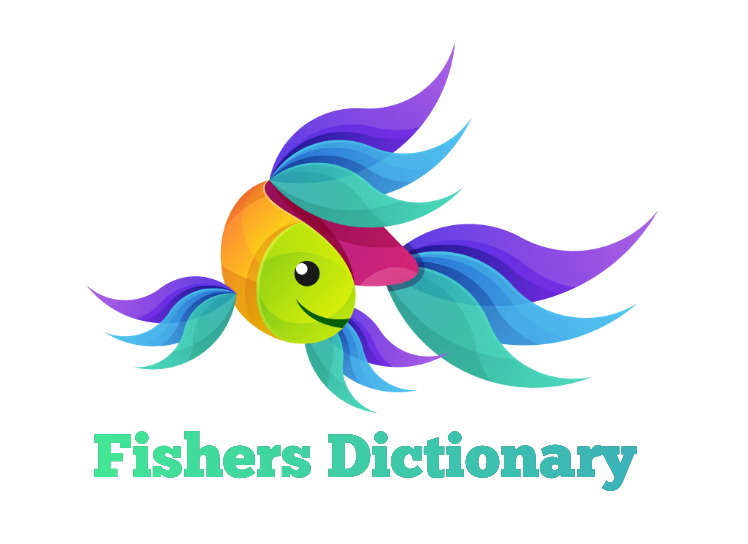The swim bladder is an air filled organ used by some fish to maintain buoyancy at a desired depth and produce or hear sound.
Herring inflate their swim bladders by “gulping” air and deflate them by “burping” or “farting.” (gma.org)
- Physostomous swim bladders are directly connected to the gastrointestinal tract so that fish with these swim bladders, such as herrings, must “gulp” air to inflate their swim bladder and “burb” or “fart” air to deflate them.
- Physoclistous swim bladders are not connected to the digestive tract so that fish with these swim bladders must diffuse gas from the blood to fill and collapse them.

Fish use swim bladders for buoyancy, hearing, and producing sounds.
For many fish, the swim bladder has the additional role of transferring sound waves to the auditory system. And in some fish, such as drums and croakers, the swim bladder is used to make sounds and communicate with one another and other fish. (fishionary.fisheries.org/swim-bladder)





.jpg)


0 Comments